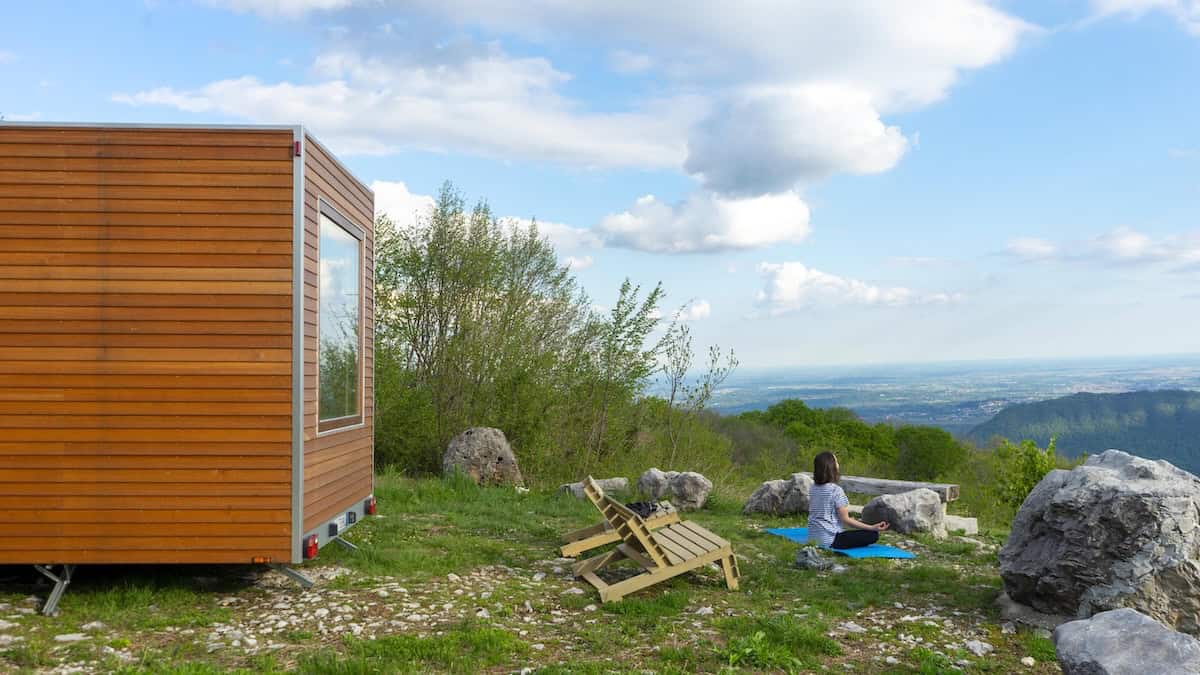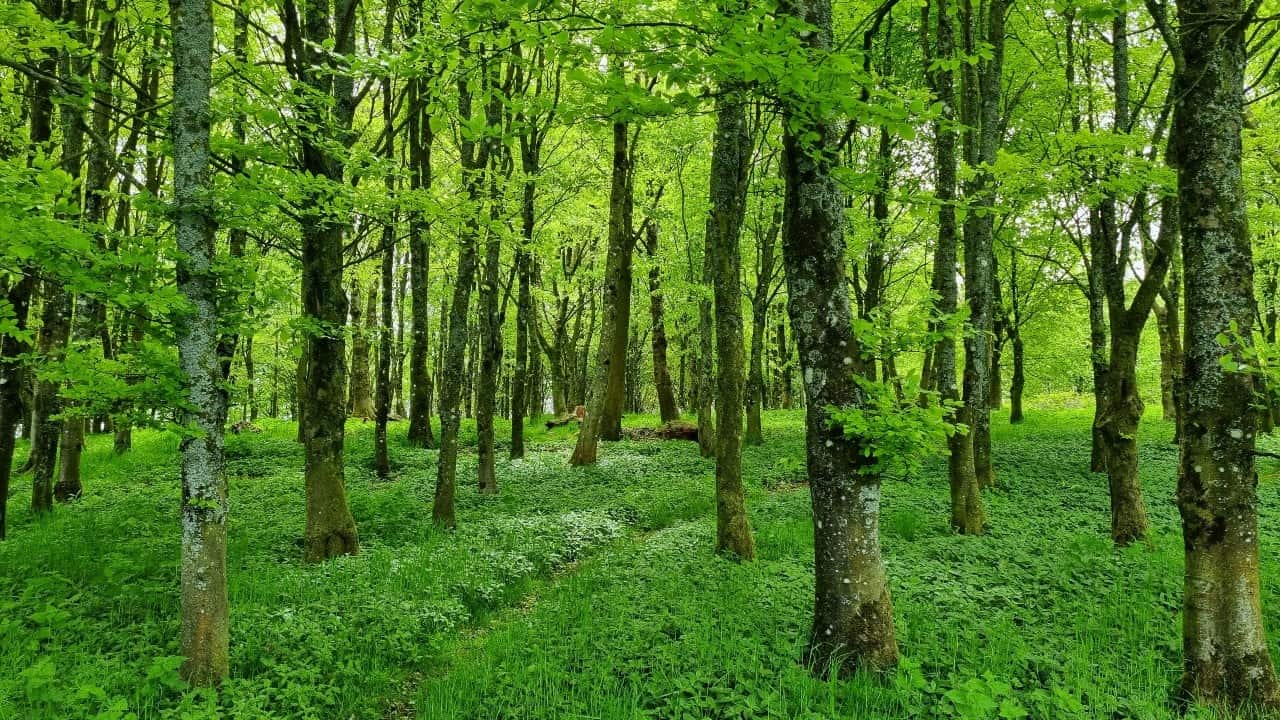According to science, spending 3 days in nature is enough to reset your brain and give it renewed creative energy.
Thus, the “3 Day Effect” was born. This concept from America offers a solution to enhance cognitive abilities. Various studies are beginning to confirm what was previously only known anecdotally: spending time in an unspoiled environment (for at least 3 days) can change how our brain works! Curious? Read on to learn more.
What is the “3 Day Effect”?
The “3 Day Effect” refers to the impact that spending at least 3 days in nature can have on our minds, resulting in improved cognitive abilities, increased creativity, and reduced stress.
This theory is supported by experiences and now scientific studies, with just a few simple rules:
- Natural Environment: The natural environment is essential, whether it’s the woods, the sea, mountains, or hills. The key is immersing yourself in these types of landscapes. Ideal activities include trekking, canoeing, climbing, camping, and more.
- Complete Disconnection: In nature, yes, but without connectivity. To benefit from the “3 Day Effect,” you must leave your hyper-connected, digitally-stimulated life behind. Unlike our daily habits, here, you need to escape Wi-Fi and 5G signals.
- Ability to Live in the Moment: Directly linked to the previous point, it’s important to immerse yourself in the moment and let the landscape “cleanse and recharge” your brain.

Origins of the “3 Day Effect”
One of the first people to theorize the “3 Day Effect” was Ken Sanders, a rare book dealer from Salt Lake City with a background as a rafting guide.
During group excursions, Sanders noticed a significant change in people’s dynamics and energy starting from the third day. This empirical observation revealed how immersion in nature with hands-on activities can change people.
At the same time, a neuroscientist from the University of Utah, David Strayer, became interested in this phenomenon and began studying it scientifically.
In the study published by Strayer in 2012, the real impact of the “3 Day Effect” was confirmed. Specifically, the study involved a test administered to a group of people before and after a multi-day excursion. The test conducted after their return showed a 47% improvement in performance. Such a significant increase could not be attributed to chance.
To learn more, you can find Strayer’s study here.
What Causes This Improvement?
According to studies, this improvement in our brain’s performance is attributed to the rest and “reset” of our prefrontal cortex.
Before these studies, a theory called the Attention Restoration Theory (ART) was proposed, which states that exposure to nature can positively influence the prefrontal cortex, even recharging some mid-to-low-level processes. The study on the “3 Day Effect” takes this concept further by demonstrating how prolonged contact with nature can also enhance high-level functions like creativity.
The impact of the environment on this part of our brain, combined with a lack of constant technological stimulation, effectively restores and recharges various mental processes, including creativity and focus. It achieves this by directly countering the overstimulated daily routine of constantly jumping from one activity to another.
Exposure to natural environments and their rhythms helps clear the mind from these dynamics by providing softer, more positive activation.
What’s the Difference Between Forest Bathing and the “3 Day Effect”?
We’ve discussed the practice of Forest Bathing and how it promotes overall well-being through periodic and complete immersion in a natural environment. It might seem like a “bite-sized” version of the “3 Day Effect,” but these are actually two different practices that share the importance of nature.
Forest Bathing, by its nature, is intended to manage stress periodically, improve health through inhaling certain tree-emitted molecules, and foster a deep mind-body connection. It’s a conscious practice that needs to be repeated.
When we talk about the “3 Day Effect,” we’re referring to a different type of recharge, this time focused on cognitive enhancement, offering a boost in attention and creativity, regardless of the natural environment in which you’re immersed—especially through active engagement. The change in this case seems less conscious but still essential, requiring longer exposure (at least 3 days) to produce noticeable effects.

Benefits
As we’ve seen, the benefits of spending at least 3 days in nature are numerous, primarily related to improving cognitive functions.
Increased Creativity
The main aspect observed in studies (and empirically) is the increase in creative capacity among people who spend time in unspoiled landscapes. Creativity here isn’t limited to artistic expression but also refers to mental flexibility in finding new solutions, correlations, and lateral thinking.
Reduced Stress
Once again, nature proves to be a highly effective stress reliever. People who spend time in nature have significantly lower cortisol levels than the average or their own usual levels in everyday situations (indoors, surrounded by technology, and various activities).
A New Approach to Daily Life
A direct consequence of increased creativity and a key focus of the studies is a new rhythm and approach to daily activities. After 3 days, habitual mental processes fade away, making room for a fresh outlook.

How to Leverage the “3 Day Effect” for a Mental Reset
Feeling stuck in a rut and unable to find solutions to daily challenges? Has your creative spark gone missing? It might be time to take a 3-day nature retreat. Here are the essential steps:
Free Up Your Time
You’ll need at least 3 days, so the first step is to clear your schedule to allow your brain to benefit from this recharge effect. It’s time to use those vacation days that have been piling up!
Choose the Right Location
Find a place that lets you disconnect from the world. You’ll need nature, peace, and (preferably) limited connectivity. We can help you find one of our destinations, perfectly integrated into the environment, where you can fully enjoy it while leaving your phone on airplane mode.
Hold On and Feel the Change
The benefit of nature contact is immediate, but by living with its rhythms for at least 3 days and resisting the pull of connectivity, the change will be more lasting and noticeable.
Tap Into Your New Potential
Return home and make the most of your renewed creativity!
It’s time to embark on your recharge journey—what are you waiting for? Science says it’s the right move!



